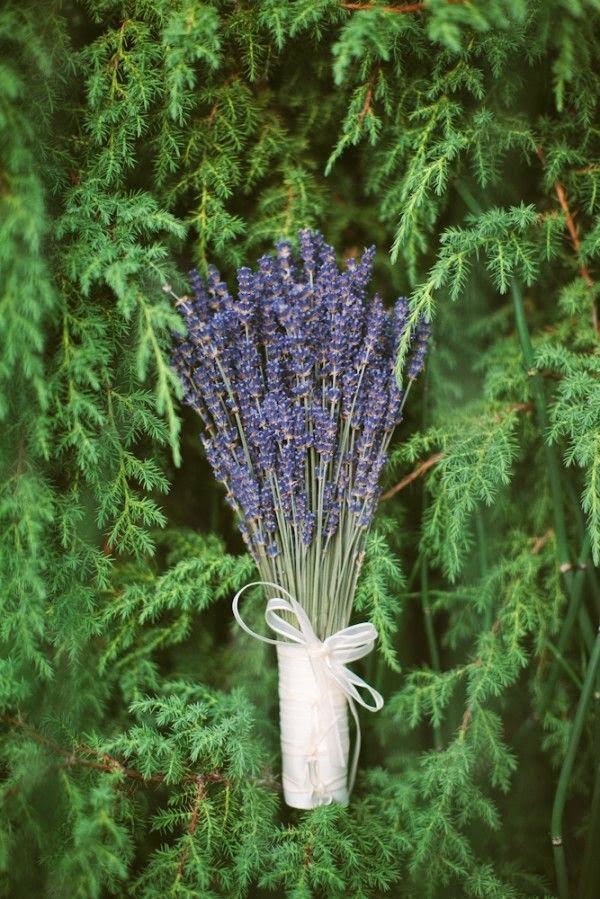Munstead Lavender
Botanical Name: Lavandula angustifolia ‘Munstead’
Flowers: Blue in color, blooming late spring through summer
Leaves: grayish/green, narrow in form
Sun: Full sun
Water: Dry to medium
Size: (H x W) 20” x 18”
Fragrance: sweet, released with touch
Attracts: Butterflies, bees
Tolerant of: Heat, bunnies, deer, drought, dry/shallow/rocky soil, air pollution, repels mosquitos
Issues: Leaf spot and root rot
Munstead Lavender is named after the home of Gertrude Jeckyll. Gertrude Jeckyll was a famous garden designer and horticulturist, known for her many garden designs of the early 1900s, in which she collaborated with the English architect, Sir Edwin Lutyens.
The Munstead lavender is a great plant to use in the Boise area due to the cultivar’s toleration of heat and drought. It excels in dry, shallow, and rocky soil and is resistant to deer and bunny rabbits. The Munstead lavender flowers early, with a blue hue, and continues to bloom from late spring throughout summer. Use this plant to naturally help repel mosquitoes, while attracting butterflies and bees to your garden.
Native to the mountainous region of the Western Mediterranean, place the Munstead lavender plant in an area with full sun and remember the plant needs little water to survive. If watered too much, it will suffer from root rot. The plant’s leaves are grayish green in color and narrow in form. The blooms are tight and loaded with a sweet fragrance, which is released with touch. To promote a continuous bloom, remove faded flowers throughout the season. In early spring, trim back for a surge of new growth in the upcoming growing season.





No comments:
Post a Comment